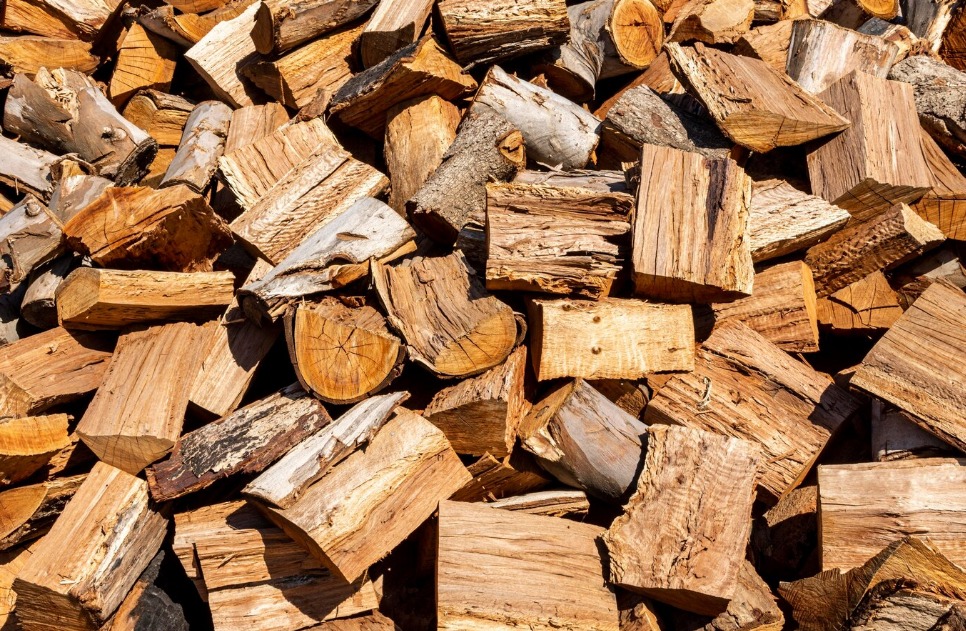Get Support
9851239401

Waste utilization and maintenance are integral aspects of a sustainable and efficient sawmill operation. Waste utilization involves maximizing the use of by-products generated during the lumber production process. Residual materials such as sawdust, bark, and wood chips, which are often considered waste, can be repurposed for various applications. For instance, sawdust can be transformed into wood pellets for fuel, used in the production of particleboard, or even utilized in agricultural settings. Bark and wood chips can be employed for landscaping, as mulch, or in biomass energy generation. By implementing effective waste utilization strategies, sawmills not only reduce environmental impact but also enhance the economic viability of their operations by turning what would be waste into valuable resources.
Maintenance is another critical aspect of sawmill operations, ensuring the reliable and safe functioning of machinery and equipment. Regular inspections, lubrication, and repairs are essential to prevent breakdowns and minimize downtime. Properly maintained equipment not only improves operational efficiency but also contributes to the safety of the workplace. Scheduled maintenance routines help identify and address potential issues before they escalate, prolonging the lifespan of machinery and reducing the likelihood of costly repairs. Maintenance practices extend beyond the machinery to include the upkeep of infrastructure, such as conveyor systems and saw blades. A well-maintained sawmill is not only more productive but also operates with a reduced environmental footprint, as efficiently functioning equipment tends to use resources more effectively.
